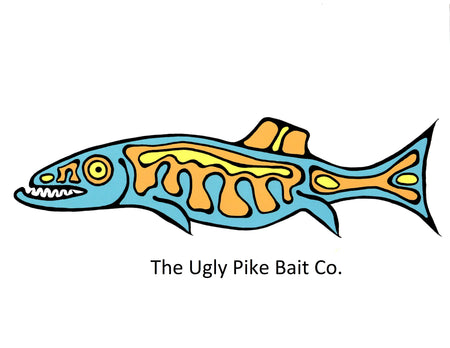Bait Designs
How the Waggerbait™ swim jig works
The hard plastic tail of the Waggerbait™ swim jig is weighted at the back end. This is the area of greatest lateral speed during the pendulation of the tail when being retrieved. By weighting the tail there it maximizes the production of kinetic energy. The tail rides directly on the round of the hook shank. It is this co-operative engagement between the hook and the rigid tail that results in the transfer of energy to the jig portion of the bait. The energy transfer results in the creation of noise by two methods, the direct contact of the stainless steel...
How the Head Shot Works
The rotating blades create a low-pressure vortex that originates at the point of contact with the central axis (post) of the bait. As the bait moves forward the low-pressure area will move above the central axis in a speed-dependent manner due to the surrounding water pressure The Head Shot is freely rotating around the post this allows the head to be "sucked" into an upright position. Since the low-pressure area is inconsistent in nature the head will wobble from side to side adding to the appearance of a struggling baitfish. The head gives the predator a distinct target triggering a strike.


